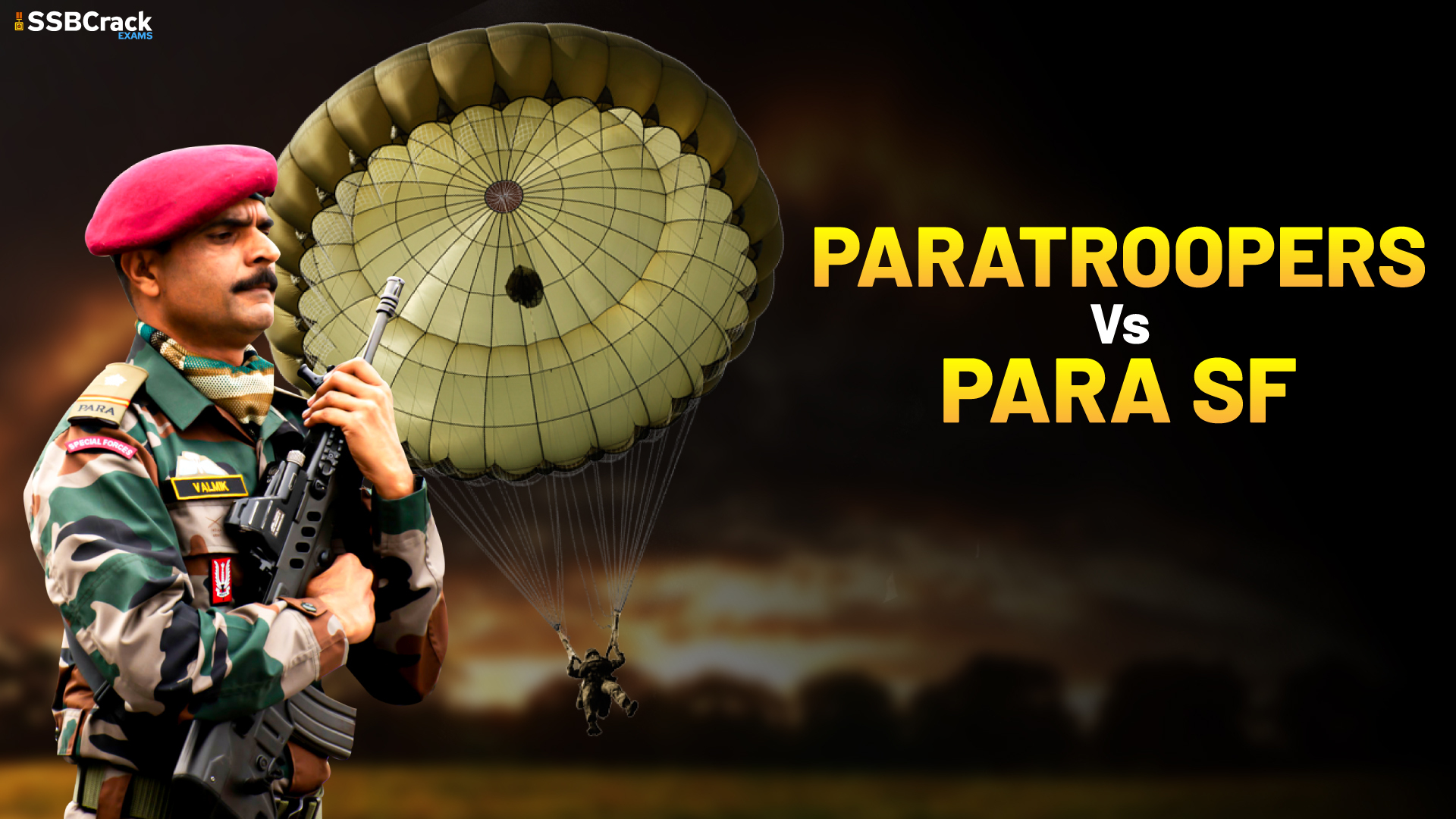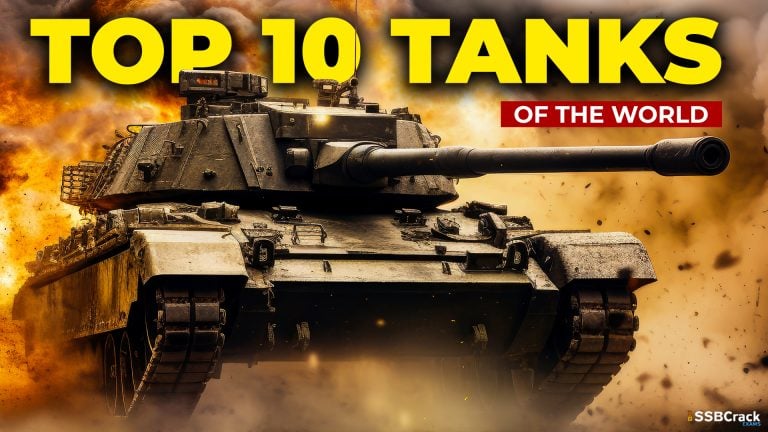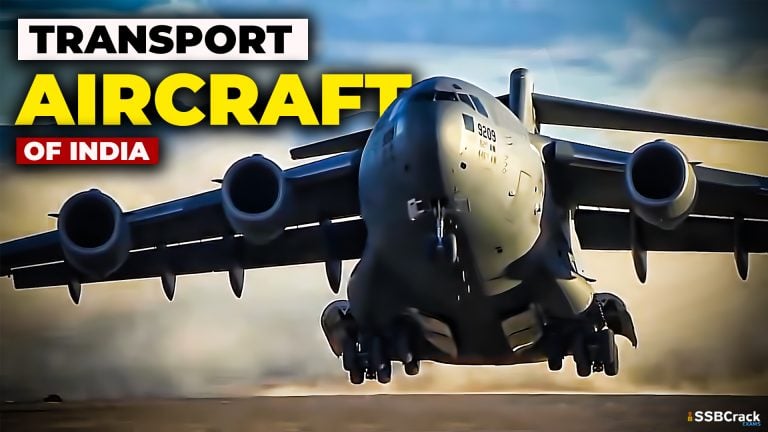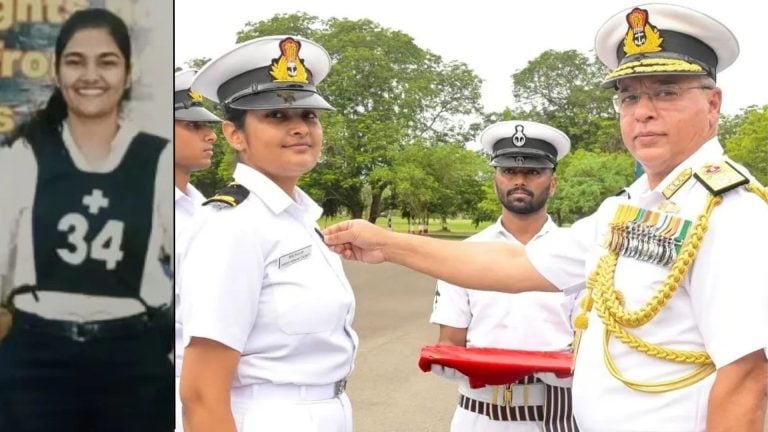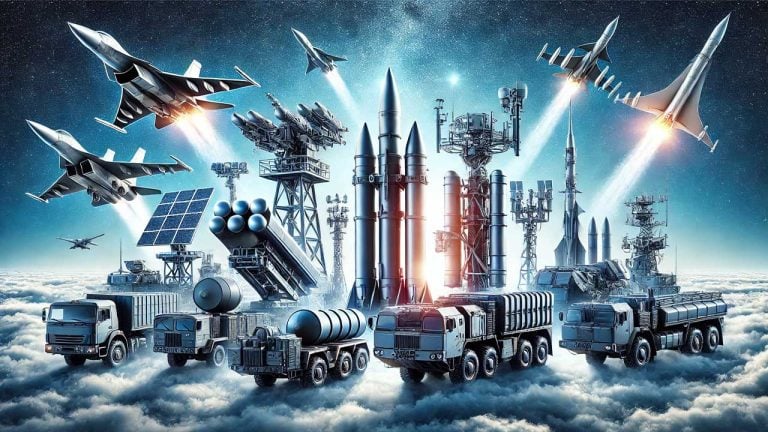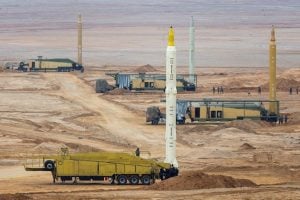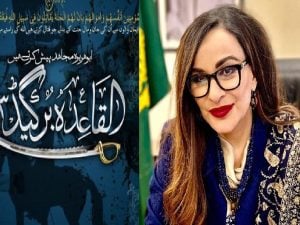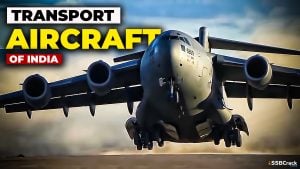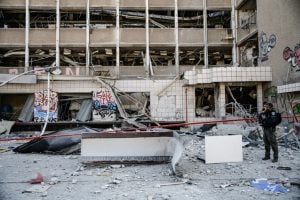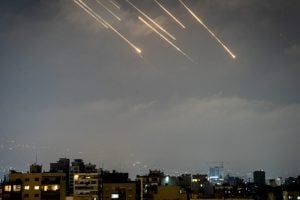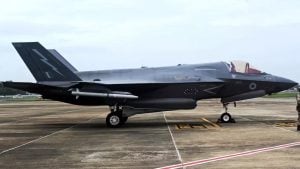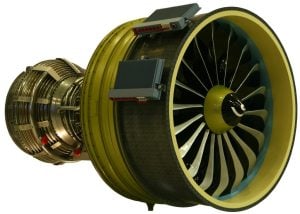The Indian army’s Parachute regiment is one of the military’s elite airborne units. The battle-hardened combat force consists of some of the army’s most motivated and physically robust soldiers. The PARAs are subdivided into two distinct entities;
The Paratroopers (Airborne) and the PARA SF (The regiments Special Forces Detachment). The Paratroopers comprise of the 4th, 5th, 6th and 7th Parachute battalions.
They are not special forces operatives as some mistakenly believe. The Special Forces battalions comprise of the 1 Para (SF), 2 Para (SF), 3 Para (SF) 9 Para (SF), 10 Para (SF) and 21st Parachute (Special Forces). So how are they different? Read on to find out!
Paratroopers (Airborne)
The Paratroopers are regular airborne soldiers who function as (airborne infantry). This means that they are elite infantrymen who are capable of being PARA dropped behind enemy lines, from where they can make way for the regular infantry, and connect with them. They are very similar to the United States 101st Airborne Division and the British Parachute Regiment.
A Paratrooper is required to go through a 90-day probation cycle designed to weed out the weak. During this assessment, candidates are sleep deprived, made to run extreme distances and are put through a battery of other endurance tests. The probation cycle designed to break a probationer’s will to join the airborne forces. However, despite the extremely stringent selection procedure, the Paratroopers are considered ‘Elite Infantry’ and not members of the Indian Army’s Special Forces.
The Paratrooper volunteers are trained at the Para Regimental centre located in Bangalore. Following which they earn their para wings at the Parachute Training Centre in Agra. The purpose of the training is solely to make an infantryman physically and mentally robust. Other than para jumping five times with full combat load, the training does not put significant emphasis on other skills. Following successful completion of their probation, they are permanently absorbed into the regular Para battalions, awarded the right to wear the maroon beret.
Also Check: All About Parachute Regiment Training Center (PRTC)
PARA Special Forces
These men are the Sharper end of the stick. Regular Paratroopers go on for further probation and training at the Special Forces Training School (SFTC) situated in Nahan, Himachal Pradesh, in order to be a part of this truly elite club. The Special Forces battalions are each trained for specialised environments at various specialised institutions. For instance, The 1 Para (SF) is trained for mountain warfare, the 9 Para (SF) is trained for jungle warfare and the 10 Para (SF) is trained for desert warfare, & so on. These Elite operators sport the ‘Balidaan’ (Sacrifice) badge on the right pocket, with their ‘Special Forces’ insignia, on both shoulders.
Special forces operators are inserted deep behind enemy lines with the help of sophisticated aerial infiltration techniques such as High altitude low opening (HALO) and High altitude high opening (HAHO) with the logistical support of specialised transport aircraft.
These elite soldiers are trained to, conduct cross border raids, covert operations, targeted killing, destroy or capture intended target. It has been said that PARA SF operatives can hold/operate in enemy territory for up to 72 hours with absolutely no external support or reinforcement. Following which they will be forced to withdraw or else be overrun by the sheer number of conventional enemy troops.
Also Check: Special Forces Training School (SFTS) PARA Special Forces Training


